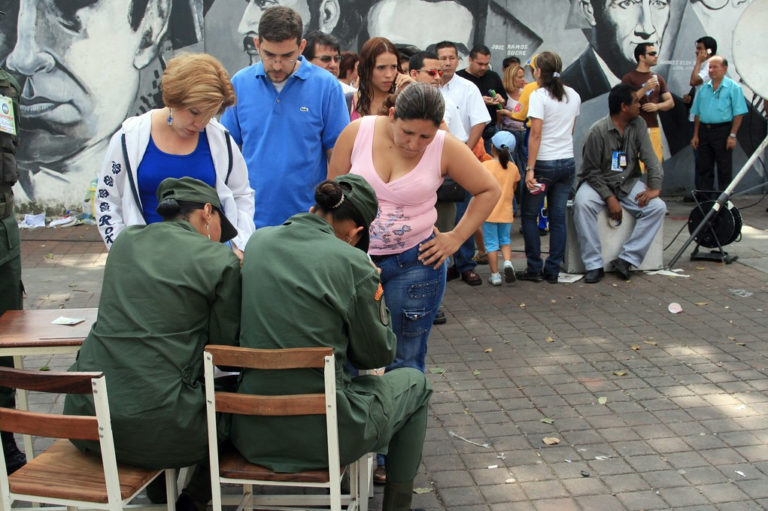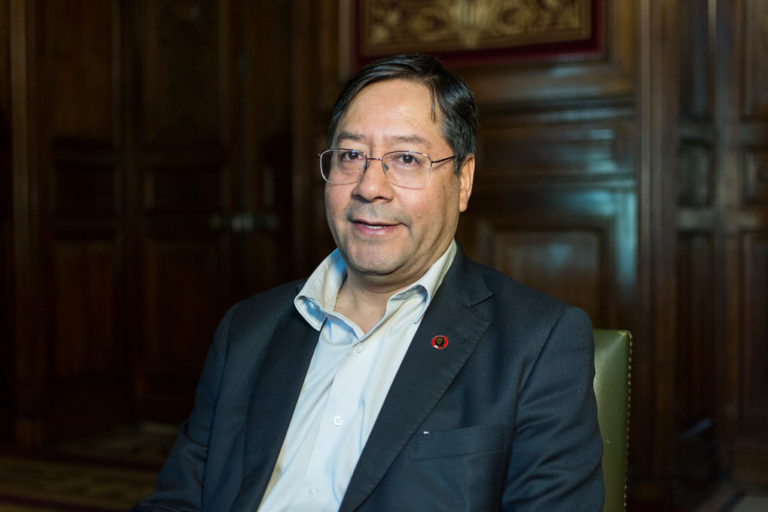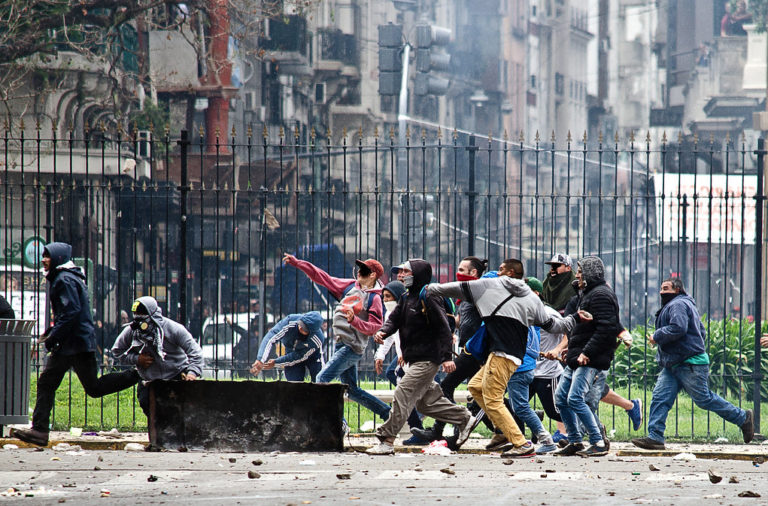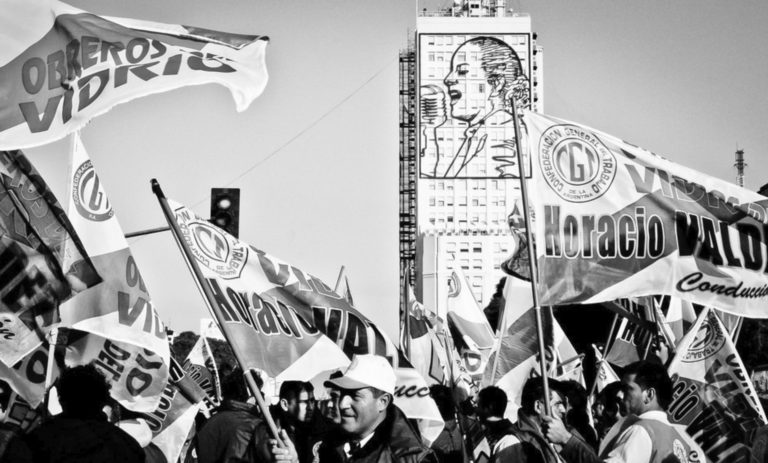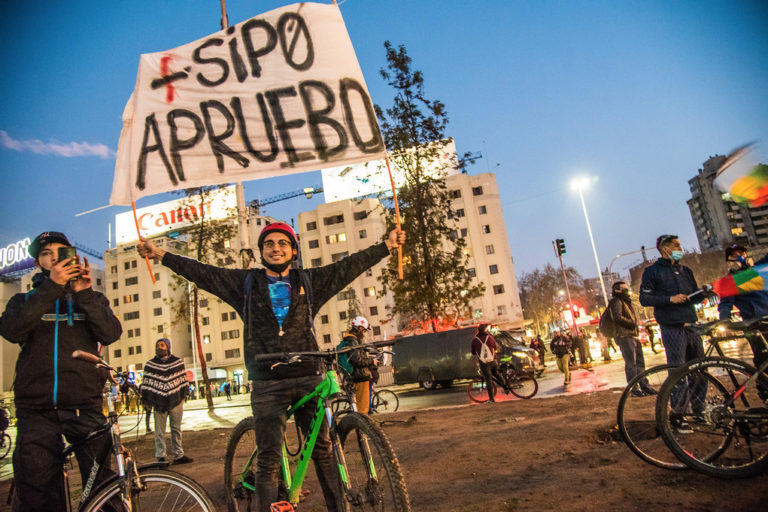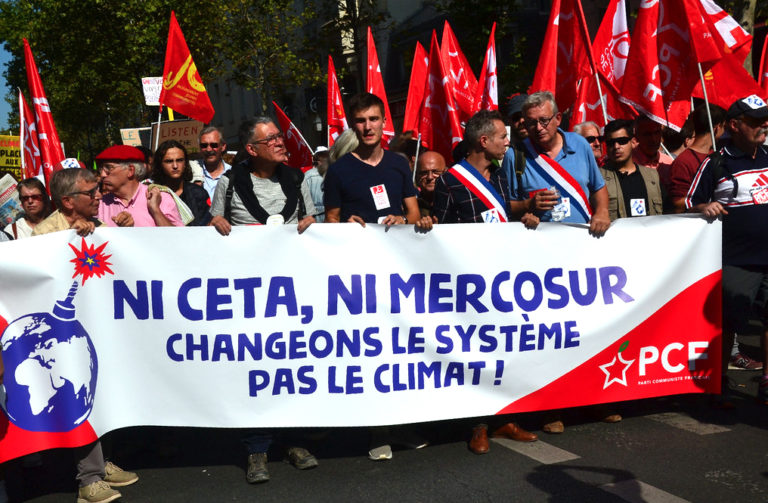The Covid-19 outbreak led to the total closure of borders in South America and, in some cases, their militarization to contain the pandemic, leaving thousands of migrants stranded trying to return to their home countries. The health crisis is compounded by an economic crisis whose dimensions are still being estimated and that has exponentially affected migrants: evictions, loss of daily sustenance, food insecurity and increased xenophobia in some countries.
In addition, the humanitarian crisis that has generated an exodus of more than five million people from Venezuela, mainly to Colombia, Ecuador, Peru and Chile, has been accompanied by regulatory changes: creation of temporary permits, imposition of visas and, in some countries, proposals to reform migration laws leading to more restrictive policies.
the reactionary movement in immigration policies is increasingly latent.
Although in the last two decades, and with the turn to the left in the region, avant-garde immigration laws in terms of guaranteeing rights and citizenship had been proposed, such as the Ecuadorian or Uruguayan laws, the reactionary movement in immigration policies is increasingly latent.
In this context, Chile and Colombia are debating their migration bills. On the one hand, in Chile, the enforcement of a Pinochet-era immigration law (1975), coupled with diverse migratory flows in the last two decades (Haiti, Colombia, Venezuela), suggests a necessary and urgent change in the law, especially when the possibility of a new constitutional process is being considered. Civil society and academia have expressed their views on the project, pointing out, among other shortcomings, that it does not introduce permanent regularization mechanisms.
On the other hand, in Colombia, a country that has traditionally produced migrants with 10% of its population living abroad and now is a receiving country with more than 1.7 million Venezuelans and more than 500,000 Colombian returnees, the creation of a migration law that includes all the desegregated norms is more than necessary. Colombia cannot continue multiplying decrees and must move towards an inclusive policy that guarantees rights. The new migration law cannot be a simple compilation of norms.
In addition to these two projects, several bills on the subject of migration have recently been presented to the Peruvian Congress, including Bill 5349 of 2020. In this bill, it is intended that Peru withdraws from the United Nations’ Global Compact for Migration signed in December 2018 and creates the crime of irregular entry, criminalizing immigrants, contrary to international standards in this regard.
Now, with these reforms, what are the scenarios at the regional level in a post-pandemic era? Are we facing a generalized restrictive scenario? Although it is still early to answer these questions, in principle South American countries have two paths.
The first is to close the borders definitively, a scenario that is not very viable since it has been seen that, even with the closure, the population continues to move across porous borders and sometimes with the help of traffickers. The case of migration from Venezuela is the most evident: at the beginning of the pandemic the population began to return and currently the walkers are already wandering on the roads of Colombia going south.
The second is to continue strengthening some regional spaces for dialogue such as the Quito Process, which, although not binding, puts regional migration policy on the table. While this process has focused on denouncing the Maduro dictatorship, the member countries not only face the great challenge of regularizing the Venezuelan population, but also its socioeconomic inclusion. It is clear that this population came to Colombia to stay, although some governments refuse to accept it, creating temporary measures rather than long-term ones.
regional migration policy cannot focus exclusively on Venezuelan migratory flows.
But not everything is black and white. First, regional migration policy cannot focus exclusively on Venezuelan migratory flows. On the route to Brazil, Ecuador, Colombia there are thousands of migrants in transit who require international protection. What are governments doing about this? So far, they seem to be doing nothing.
Second, the possible reopening of Colombia’s border with Venezuela next month will bring more migration movement to the region. It is expected to lead to thousands more migrants leaving Venezuela. Given this situation, what possibilities will the governments of the region give migrants to regularize themselves permanently? In a context of growing xenophobia, where half of the more than 5 million people who have migrated lack the necessary documentation for a regular stay in these countries, the post-pandemic scenario is of concern.
In times of crisis (humanitarian or health), it seems that more restrictive migration policies are the solution, and some measures adopted to contain migratory flows in the region suggest this. Now it seems that South American countries have left behind all vestiges of moving towards a South American citizenship, as was proposed at some point in the extinct UNASUR. Some government responses do not seem to correspond with this vision of free mobility once promoted in regional integration spaces.
The idea of a South American citizenship is still utopian. For now, South American governments will have no choice but to continue confronting intraregional migration in the midst of an economic and health crisis. The question is how? Let us hope that it will be with welcoming responses that appeal to solidarity, hospitality, but above all, that they will be guarantors of the rights of migrants and their families.
*Translation from Spanish by Emmanuel Guerisoli
Photo by Andrés Gómez Tarazona in Foter.com / CC BY-NC-ND






